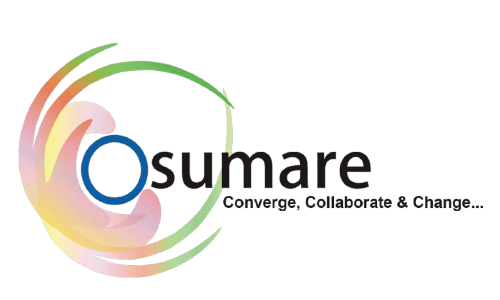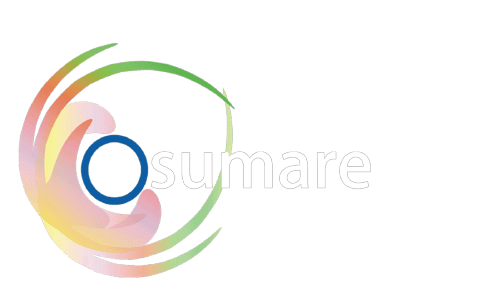In the ever-evolving world of digital advertising, Google Ads remains a powerhouse for businesses aiming to capture customer attention, drive conversions, and grow revenue. However, competition is fierce, and generic targeting won’t cut it anymore. To truly optimize your ad spend and maximize ROI, you need to go beyond the basics and adopt advanced audience targeting tactics.
In this blog, we’ll explore four smart tactics for advanced Google Ads audience targeting that will give you a competitive edge and help you reach the right people at the right time.
Also read: Unlocking The Power Of Offline Marketing In A Digital World
1. Leverage Custom Segments for High-Intent Targeting
Custom Segments (formerly known as Custom Intent and Custom Affinity) are one of the most powerful yet underused tools in Google Ads. This feature allows advertisers to create highly tailored audiences based on users’ online behaviors, such as search keywords, visited URLs, or interests.
How it works:
You can define a custom segment by inputting relevant search terms your ideal customers would use, such as “best CRM for startups” or “affordable digital marketing tools.”
You can also input competitor URLs or industry-specific websites your audience might visit.
Google then compiles a group of users who exhibit behaviors similar to what you’ve outlined.
Why it’s smart:
This tactic goes far beyond demographics. You’re targeting users based on real-time intent—those actively researching or considering products like yours. This ensures higher engagement and conversion rates.
Pro Tip:
Combine search term-based segments with competitor URLs to refine your audience even more. For example, if you’re selling time-tracking software, target users who search “best time tracking apps” and visit sites like Toggl or Clockify.
2. Utilize Customer Match for Personalized Retargeting
Customer Match lets you upload your existing customer data (email addresses, phone numbers, etc.) to Google Ads. Google then matches these data points with user accounts, allowing you to create highly targeted ads for previous customers, leads, or even newsletter subscribers.
Key benefits:
Retarget high-value customers with upsell or cross-sell campaigns.
Re-engage dormant users with special offers.
Exclude existing customers from acquisition campaigns to avoid wasting ad spend.
Why it’s smart:
This is first-party data—the most valuable kind. These people already know your brand, and you have the opportunity to tailor your messaging based on their purchase history, lifecycle stage, or engagement level.
Pro Tip:
Segment your customer list into different lifecycle stages (e.g., leads, first-time buyers, repeat customers) and run personalized ad creatives for each segment. For example, show loyal customers early access to new product launches.
3. Tap Into Life Events and In-Market Audiences
Google Ads provides rich demographic data that goes well beyond age and gender. Two particularly useful options are Life Events and In-Market Audiences.
Life Events: Target users during major life milestones like moving, getting married, or graduating from college.
In-Market Audiences: Reach users who are actively researching and comparing products in your niche.
Why it’s smart:
These audiences are already showing signs of commercial intent. Someone who just got engaged might be searching for wedding planners or caterers. Someone in the market for “home security systems” is likely to convert soon. You’re intercepting people at the perfect moment in their buying journey.
Pro Tip:
Combine In-Market Audiences with compelling call-to-actions and limited-time offers to create a sense of urgency. A well-crafted ad for “10% off home security systems—this week only!” shown to in-market users can significantly boost conversions.
4. Use Combined Audiences for Laser-Focused Targeting
Combined Audiences allow you to layer multiple audience types for more granular targeting. For example, you can create an audience of:
People in the “Home Decor” in-market segment
AND who have visited your website in the last 30 days
AND are located in Mumbai
This is intersection-based targeting, helping you define exactly who should see your ads.
Why it’s smart:
Instead of running broad campaigns that might waste budget on irrelevant clicks, you’re creating hyper-focused segments. This is particularly effective for niche products or localized campaigns.
Use Cases:
A real estate agency targeting users in the market for a new home and located in specific neighborhoods.
A SaaS brand targeting IT managers who have previously interacted with their pricing page and are actively researching CRM tools.
Pro Tip:
Use combined audiences to exclude certain segments as well. For instance, exclude current customers from your lead generation campaigns or exclude users who bounced immediately from your site.
Bonus Tips for Smarter Audience Targeting
Here are a few additional strategies to sharpen your audience targeting even further:
A/B Test Your Audiences: Don’t just A/B test creatives—run tests on different audience combinations to find what drives the best ROI.
Monitor Overlap: Use Google Ads’ Audience Insights to monitor overlapping audiences. You might find redundancies or untapped opportunities.
Optimize with Data Segmentation: Review performance at the audience level. Which audience segments are driving conversions? Which ones are underperforming?
Conclusion
Advanced audience targeting in Google Ads is no longer optional—it’s essential for success in a saturated digital marketplace. By implementing smart tactics like Custom Segments, Customer Match, Life Events/In-Market Audiences, and Combined Audiences, you can make your campaigns smarter, leaner, and more profitable.
The key lies in continuously refining your audience strategy based on performance data and real customer behavior. The more relevant your targeting, the more efficient your ad spend—and the better your business outcomes.
Are you ready to step up your Google Ads game and make every click count?

